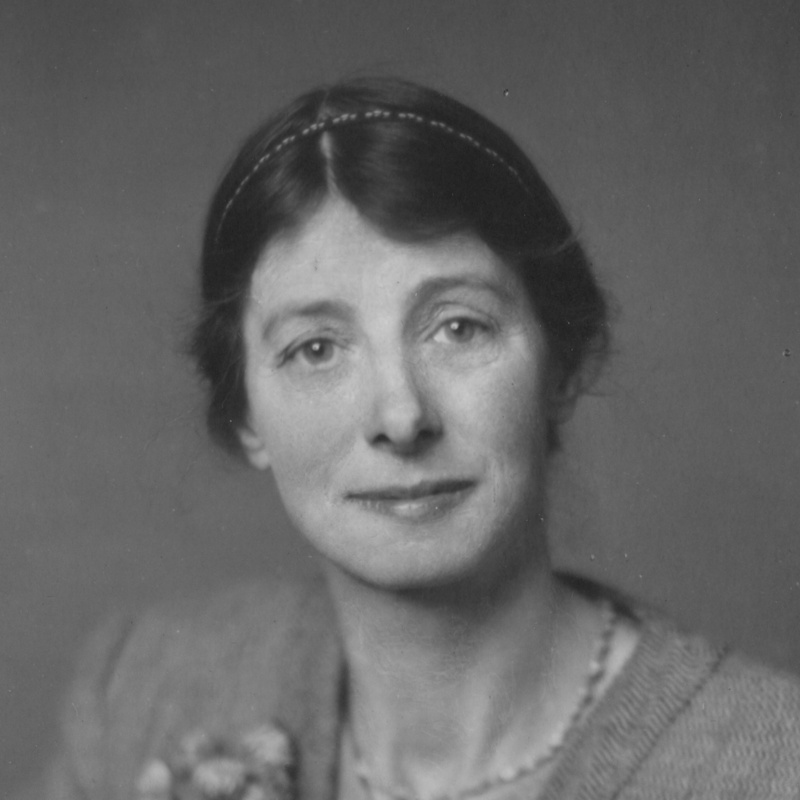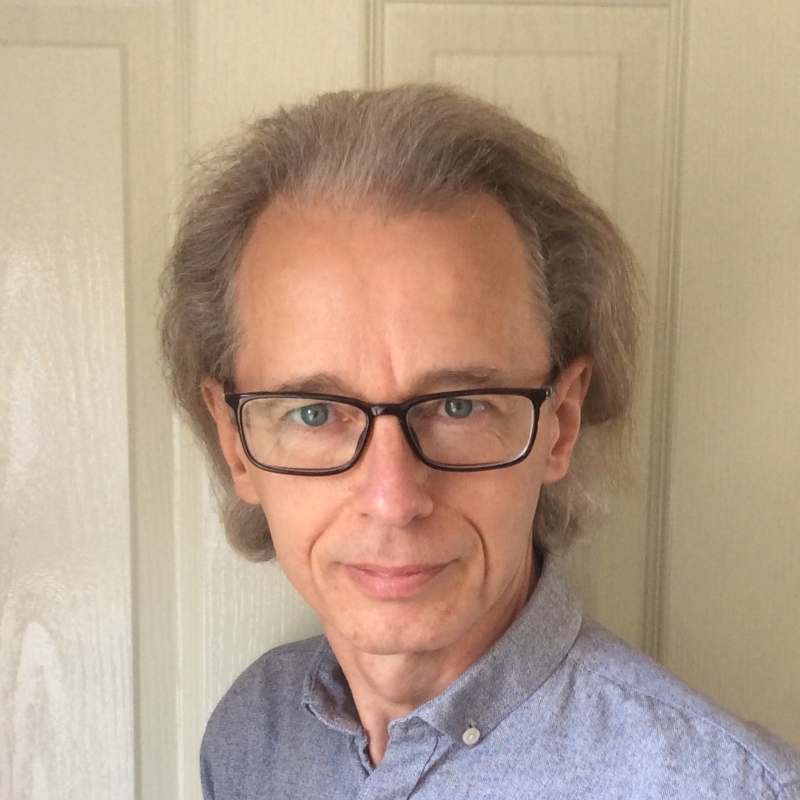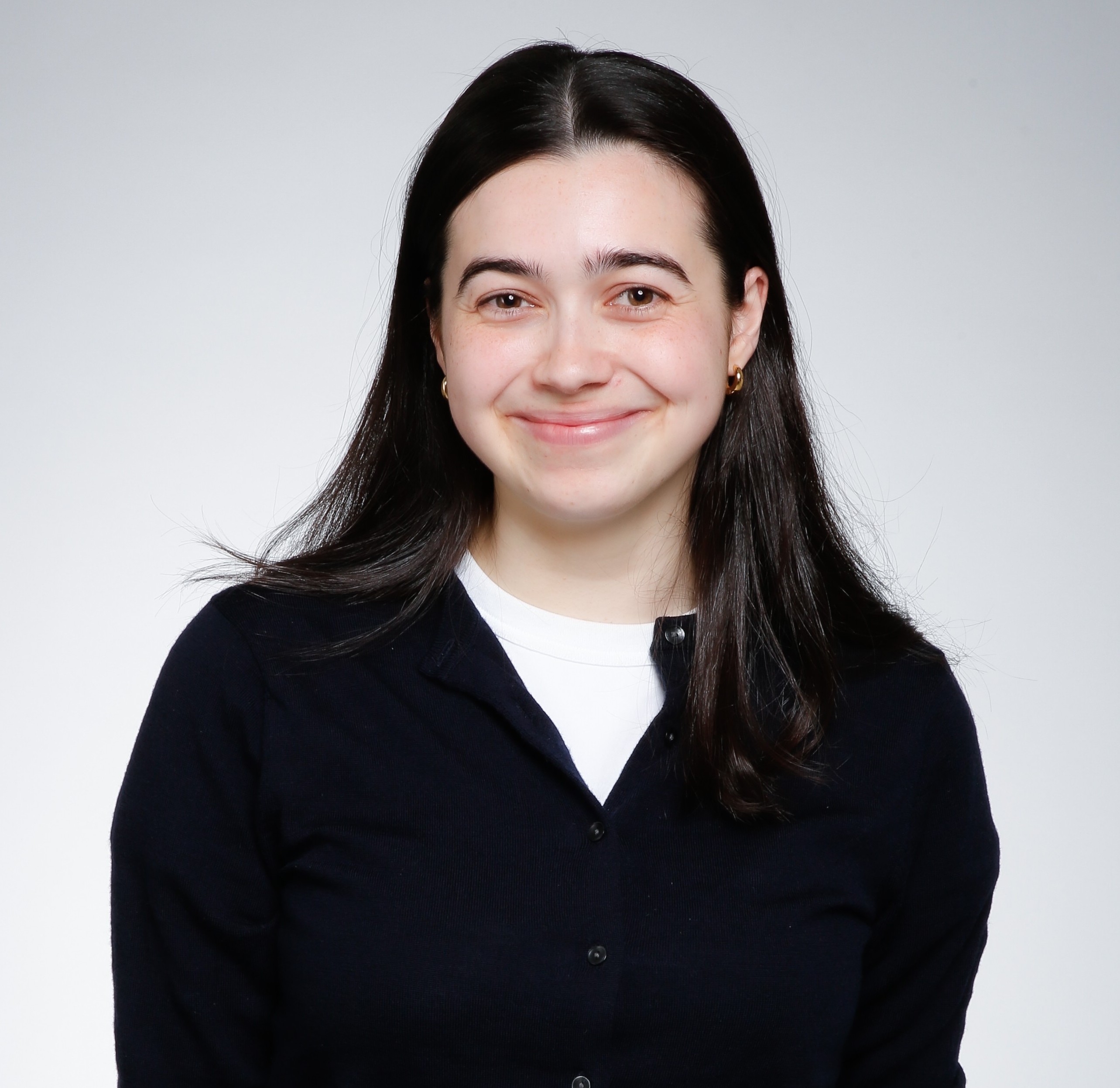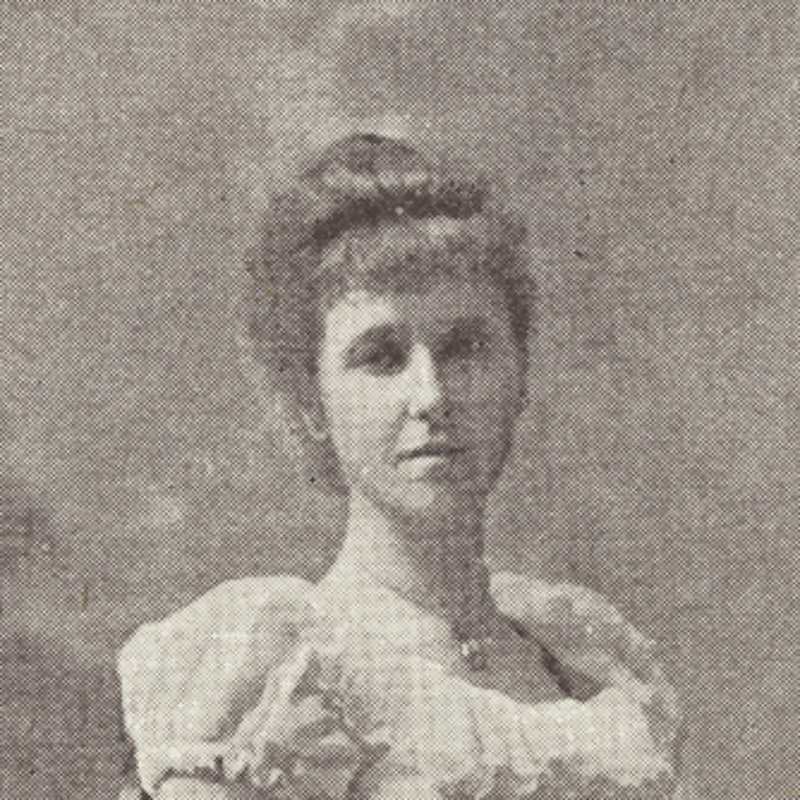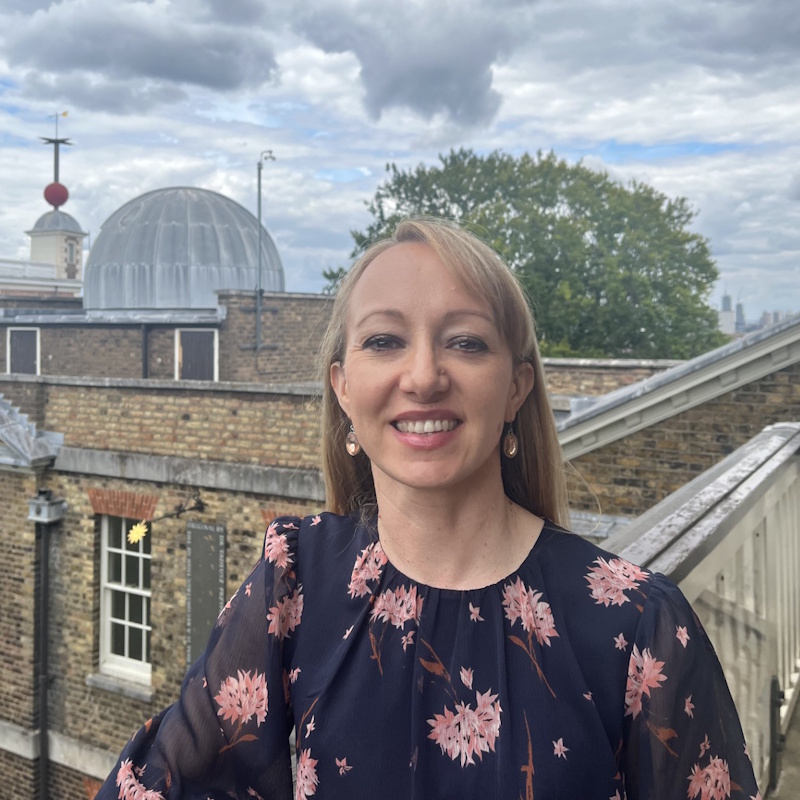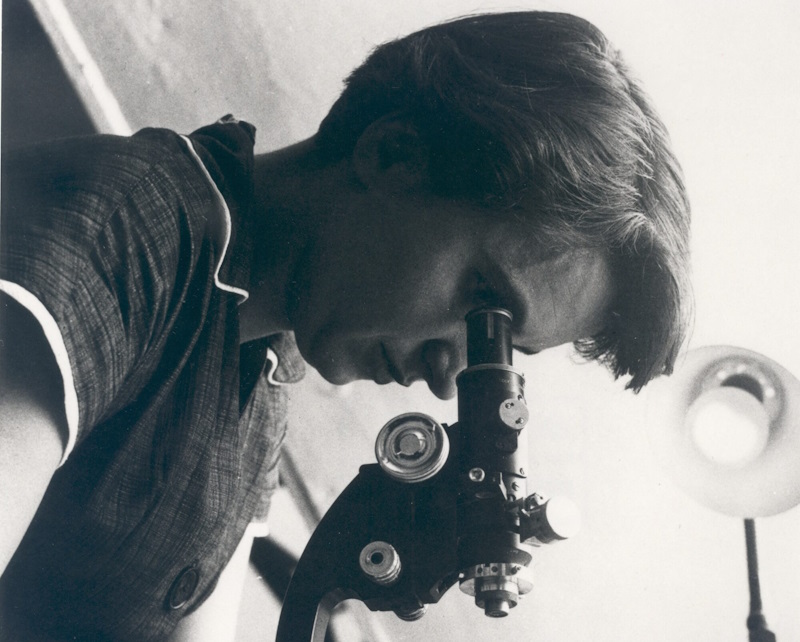“Being faced with an environment where you are expected not to excel can be demoralising and shake your confidence. I would advise anyone starting out to find a topic they love and an environment that is nurturing. Stand up for your values and strive to do the best work you can, as excellence will shine through.”
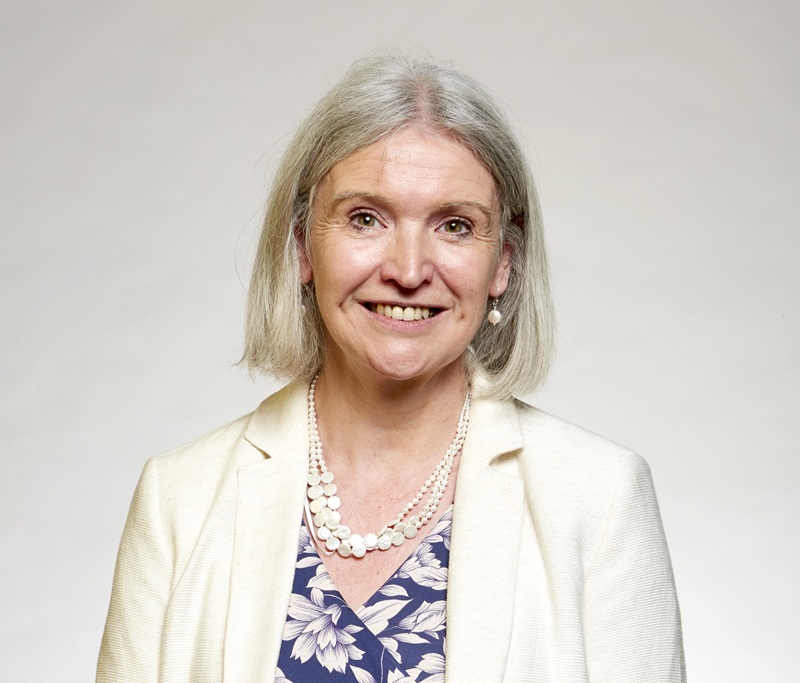
The Royal Society is commemorating 80 years since the first women were elected Fellows. We asked Professor Jane Hillston FRS – the first female Editor-in-Chief of Proceedings A – to reflect on their career in computer science, discussing role models, representation, and the role journals play in achieving equity in science.
Tell us a bit about how you got started in your career. Who were the role models for early career women in your field?
When I was at school I was interested in the sciences, especially physics and mathematics, but also in English and creative writing. At 17 it felt like a stark choice to choose between science and English, but I decided in the end to take a degree in pure Mathematics. This was followed by a master’s in Mathematics, and a brief spell in industry working as a software engineer. Whilst I enjoyed learning to program, there was much that I didn’t understand about how the computer worked, and I realised that I would be happiest in an environment that offered the opportunity for continual learning. So, I returned to academia and did a PhD in Computer Science, albeit with a quite substantial mathematical aspect. It came as a great surprise to me that a key aspect of academic research is clear and effective writing, allowing me to draw on my other passion from when I was at school.
One of the reasons I didn’t really consider a career in academia during my undergraduate or master’s degrees was because there were no visible female role models. I was never taught, or tutored by a woman and I found it hard imagine what I would do with a PhD in Mathematics. Fortunately, whilst women were still in the minority in the software industry there were some, and some in leadership positions showing me that it was possible to succeed and progress. Once I started my PhD in Computer Science at Edinburgh, women were again barely visible, but I was influenced by women in the national community including Dame Wendy Hall, Marta Kwiatkowska, Dame Muffy Calder and Dame Ursula Martin. I was very fortunate to have their encouragement and mentorship, especially early in my career.
How has representation of women in your field changed in your time? What advice would you give to someone just starting out in their career?
My mother worked as a lab technician and all my science teachers at school were women (I went to a girls school) so I had no idea that there was a perception that science was not for women until I got to University. There, I did encounter some negative discrimination from other students, and sadly, from some lecturers. This got even worse when I briefly worked in the software industry, where it was hard to be taken seriously and sexual harassment was prevalent. This was in the 1980s and I think that things have improved significantly since then although there is still work to be done.
Being faced with an environment where you are expected not to excel can be demoralising and shake your confidence. I would advise anyone starting out to find a topic they love and an environment that is nurturing. Stand up for your values and strive to do the best work you can, as excellence will shine through.
As an Editor, what responsibility do you feel journals have for promoting gender equality, and diversity more broadly?
Journals, especially esteemed journals like Proceedings of the Royal Society A, have a responsibility to be exemplars of best practice in all aspects of the scientific endeavour, including gender equality and diversity more broadly. Ensuring that we have a diverse editorial board, means that authors from diverse backgrounds can see themselves reflected in the board. Otherwise, there is a risk that authors, especially those just starting out on their careers, may feel that there are impediments to them being part of the community. Having a diverse editorial board is a first step to creating inclusiveness and sense of accessibility. Of course, we also monitor diversity in our authors and reviewers and try to take action to address any unexpected imbalances. Such measures are not in tension with attracting and publishing the best work. On the contrary, ensuring that we have the widest possible pool of authors to draw from, supports our mission to publish the best work.
In the next 20 years, at the centenary of the first women Fellows, what progress would you like to see in your field? What changes would you like to see in scientific publishing and the wider science community?
This is a very exciting time for computer science and artificial intelligence as we are experiencing a rapid change in the technology which is then having an impact on many other areas of science and broader society. The recent progress has been astounding. As the techniques become more established, I would like to see greater consideration of how to make AI tools less resource-hungry, both in their development and their use. This will reduce their carbon footprint and make them more accessible to a broader section of society.
Like all other areas of science, AI is going to have a profound impact on scientific publishing. Whilst I am generally in favour of using software tools to assist in the process of publishing production, I think that we need to exercise caution with respect to AI. Scientific publishing will become meaningless if we end up with papers written by AI tools, being reviewed by AI tools and then summarised by AI tools so that scientists themselves are only involved at a very superficial level. It would be more appropriate for the AI to be carrying out the superficial tasks and the scientists retaining the work involving creativity and judgement. If done correctly, I believe that embracing AI tools could make scientific publishing more equitable and accessible.
Visit the women in STEM page, celebrating trailblazers past and present, at the Royal Society and beyond.

